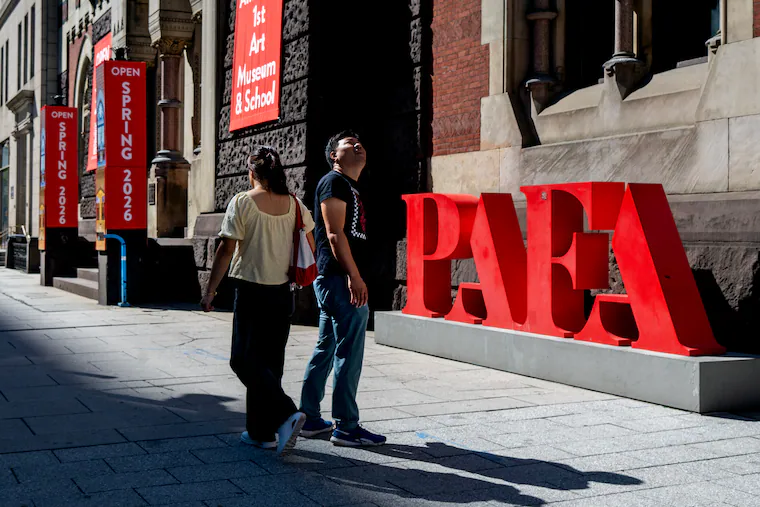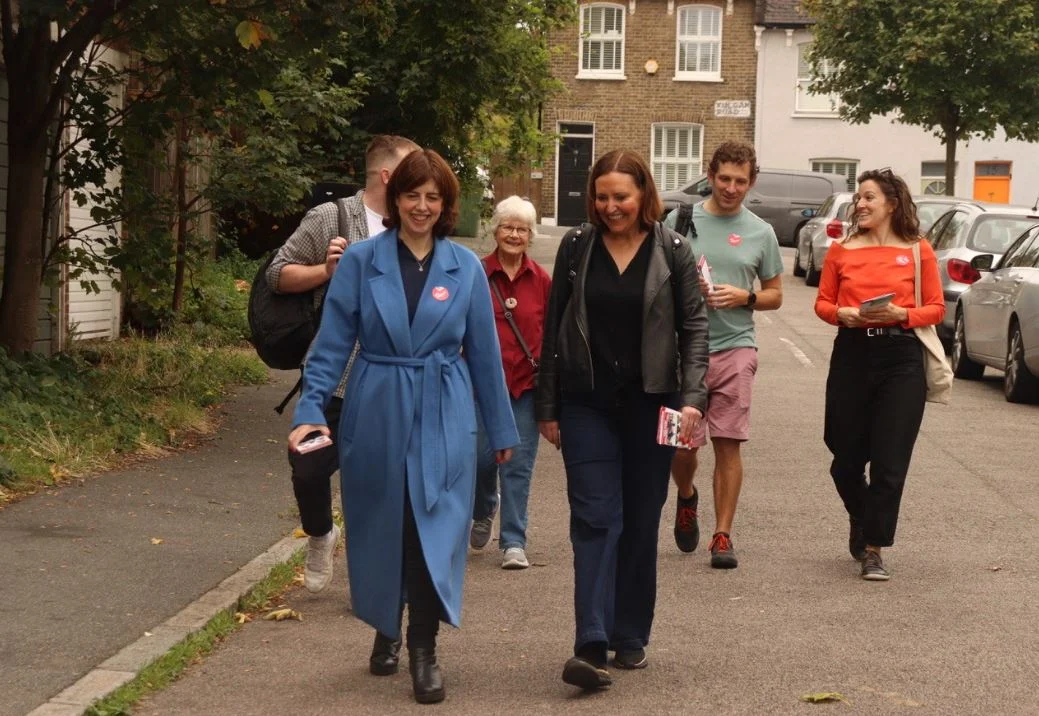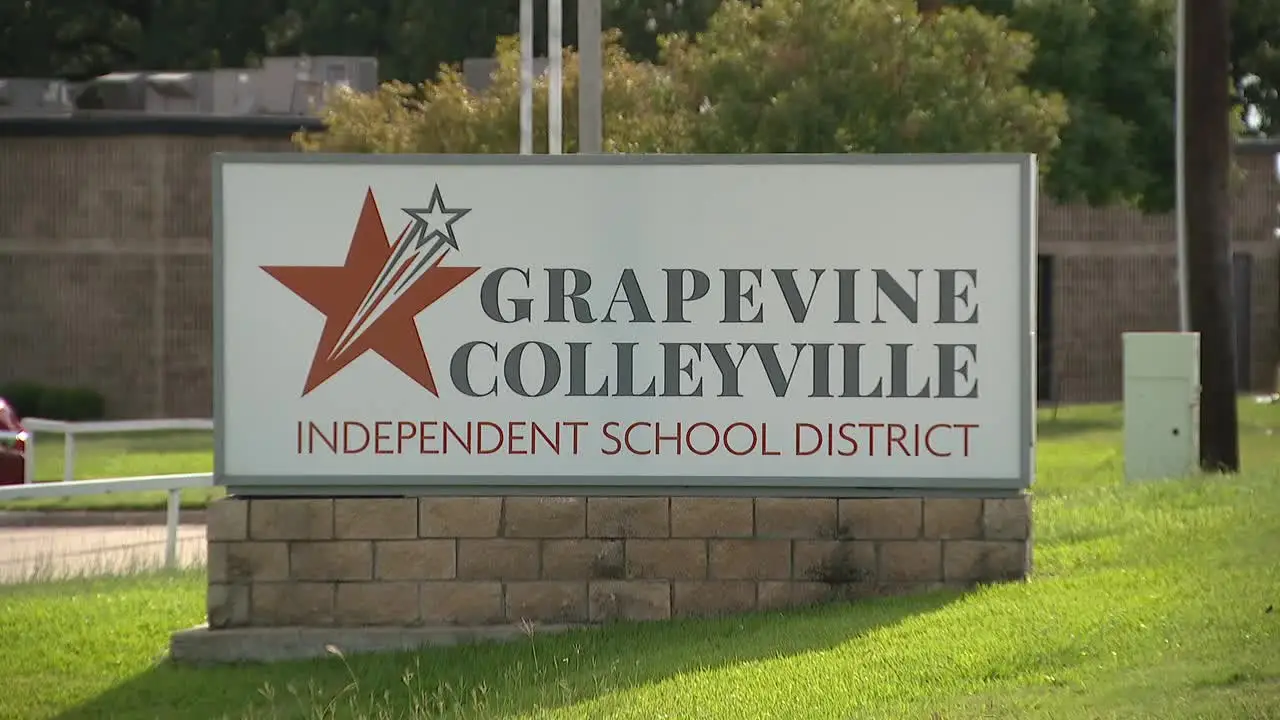
Temple University is staking out a presence at the Pennsylvania Academy of the Fine Arts, giving its art students new academic offerings and access to PAFA’s sweeping collection of American art, while providing precious studio space for recent Temple MFA grads.
The arrangement comes through a new partnership that leaders say will achieve a number of goals for both institutions.
PAFA will lease space to Temple on the 10th floor of its Samuel M.V. Hamilton Building, bringing the financially struggling academy much-needed revenue. Temple sees the affiliation as a way to expand programs and raise the standing of its Tyler School of Art and Architecture.
“Tyler is a great school for art and architecture and our relationship with PAFA really bolsters our reputation from an academic perspective,” said Temple president John A. Fry.
Tyler dean Susan E. Cahan called the new partnership a “game-changer for Tyler.” Temple has contemporary art galleries and libraries, but no art museum, and “Temple University and Tyler specifically will now have an official affiliation with the first museum and school in the country and one of the best museums in the country,” she said. “We believe it will put us in a whole new tier with public universities that have relationships with world-class museums.”
The initiative raises the possibility of an even deeper affiliation. Fry was a proponent of mergers at Drexel University, which he led for 14 years before taking over as Temple’s president less than a year ago. Asked whether the PAFA partnership was the first step on the way to a merger with Temple, Fry said:
“I don’t want to be presumptuous. The way you start these things is you do something of substance and all that is based on progress and trust, and if we have progress and trust, there could be a bigger relationship, but I am hesitant to speculate.”
Donald R. Caldwell, chair of PAFA’s trustees, said of a potential merger:
“We’re not opposed to it, but that was not the intention of the original agreement.”
Right now, Caldwell said, PAFA is continuing along the track it’s been on for more than a year — trying to bring in revenue with a new education program after eliminating college degrees, renovating its historically significant Frank Furness-George Hewitt-designed building at Broad and Cherry Sts., and raising money.
The new Temple-PAFA initiative, detailed in a 10-year deal starting Oct. 15, is expected to phase in sometime in late spring, and includes several components.
Temple will undertake renovations to the 23,000-square-foot 10th floor in the Hamilton Building, creating subsidized studio spaces for up to 15 post-MFA students who will also have access to PAFA’s considerable art-making equipment on other floors – in printmaking, paper-making, and the foundry. Offering studio space is seen as a way of supporting artist graduates “who we’d like to incentivize to stay in Philadelphia,” says Cahan.
The building will be home to a new curatorial studies certificate program Temple, giving those students “access to the PAFA collection on view and in storage, and the opportunity to create exhibitions from the collection,” she said.
The new relationship will establish a program of internships at PAFA for students in Temple’s arts management track program. And a new critic-in-residence program will bring to Philadelphia a visiting art critic whose presence is intended to spur artistic dialogues within the city, and “to shine light on Philadelphia’s cultural life on a national stage,” Cahan said.
The timing also means Tyler students will be gaining access to the museum during what promises to be a particularly ambitious moment. PAFA’s 1876 Furness and Hewitt building has been closed to install a new HVAC system and make other changes, and when it opens in spring it will co-host a major, two-museum exhibition featuring the collection of the Middleton family and works from both PAFA and the Philadelphia Museum of Art.
The show is expected to be a major draw among the city’s offerings celebrating the country’s 250th anniversary, buoying the finances of both museums.
Key to PAFA’s plan of eliminating an ongoing deficit was renting space in its Hamilton Building, and the Temple deal helps to get PAFA to that goal, said Caldwell. PAFA is forecasting a balanced budget for the year ending in June, 2026, he said.
The institution, founded in 1805, is in the process of interviewing candidates for its top leadership position. Eric G.Pryor announced his departure a year ago after three years as president and CEO.
At the same time, PAFA’s plan for financial stability includes making its new educational program a healthy source of profit. So far, that plan isn’t meeting it’s goal. PAFA had budgeted for 30 students this semester, but only enrolled about 20, said Caldwell.
“We built this building 25 years ago when the demographics were different than they are today, and we envisioned having 400 students use it, and we’re not gonna have 400 students anymore. So it makes sense to find other people like Temple to help.”
For Temple, the move extends the school’s reach into Center City – part of a larger strategy being pursued by Fry – while bringing Tyler students access to PAFA and its collection of American art spanning various styles, periods and genres across three centuries. That will “give a whole new dimension to the Tyler experience for them.”
Beyond that, Fry said, “where this goes, how it grows, how it evolves I think is something we all have high hopes for.”



